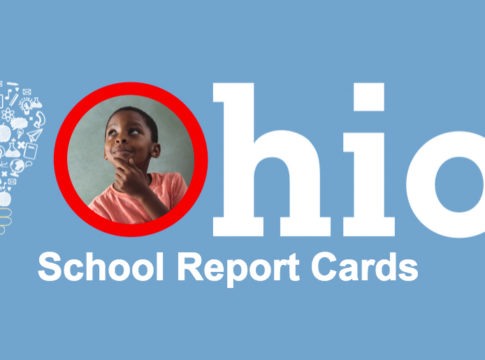Officials at the Department of Education have requested public comments by January 21 about areas in the new Every Student Succeeds Act where regulation might be “helpful or necessary.” My recommendation to the feds: Tread very lightly.
That’s not an ideological plea (though I am ideologically disposed to a limited federal role). It’s because there’s no one best system for school accountability, and there never will be. Uncle Sam has to be damn sure not to smother good ideas that the states might develop, now or in the future.
That’s not to say that anything goes. ESSA established “guardrails,” in D.C. parlance, to ensure that states don’t eviscerate results-based accountability. They cannot decide to judge schools by nothing but student engagement, or teacher happiness, or the number of hugs a kid receives each day.
But Congress did give the green light to the states to come up with new approaches to rating school quality. It’s critical that John King and his colleagues don’t put on the red light before the process even begins.
Let me offer a few examples of novel approaches that deserve to be permissible, and even embraced, under the law—but that the micromanagers at the department might inadvertently close off if they’re not careful:
1. Weighting academic achievement and academic growth differently for different types of schools. As regular readers know, I’m a big proponent of individual-level growth measures because they can largely control for factors that schools cannot influence (prior student achievement, the challenges of poverty, etc.). They are the fairest way to measure school performance. But it can be hard for schools with high academic achievement (typically those with affluent populations) to show much progress over time. Thus systems that look at growth alone sometimes end up labeling affluent, high-achieving schools as mediocre or worse. Since those ratings don’t pass the smell test, this can’t help but create face validity problems. Here’s one solution: Start with the premise that a great school either has very high achievement for all students or helps all of its students make a lot of progress over the course of the year. Both types of schools deserve A ratings. So states might adopt a rule that says that any school that gets an A for either academic achievement or for academic growth gets an A overall. That will mean, of course, that for some schools, either academic growth or academic achievement will count for very little. Will the department allow that?
2. Weighting the “English language proficiency” index more heavily for schools with many English language learners. ESSA requires state accountability systems to measure “progress in achieving English language proficiency”—and for this indicator to count for a “substantial amount” in a school’s grade. And there’s no doubt that it should be a major component of a school’s rating if much of its population is still learning English. But what if a school has just a few ELL students? Surely their progress shouldn’t count too much compared to, say, the reading and math gains of all students. Will states have the flexibility to weight this component differently depending on the makeup of the student population?
3. Considering performance at the “advanced” level when measuring academic achievement. The new law also requires states to use, as part of their rating systems, an indicator of academic achievement “as measured by proficiency on the annual assessments.” But must such an indicator look at achievement on the “proficient” level only? What if a state wants to give extra credit to schools that get more kids to the advanced level (like level four on Smarter Balanced or level five on PARCC)? That’s clearly worthy of support. They might also want to give partial credit for getting kids to the basic level so that we don’t repeat NCLB’s mistake of encouraging schools to focus only on the “bubble kids” just below the proficiency cutoff. (See how Ohio’s “performance index” currently does this, for example.) Will the department allow this? Maybe even encourage it?
So how might King et al. deal with these sorts of issues? One option is to answer these questions in the affirmative: In the regulations, declare that these particular approaches meet the spirit of the law and are welcome. (I’m hopeful that our ESSA Accountability Design Competition on February 2 will generate many more such ideas.) But here’s the rub: We’re going to have to live with this law for at least five years, if not a lot longer. Isn’t it likely that some state is going to come up with other promising approaches down the road?
Perhaps there’s another option to consider, then. The department could make it clear, via its regulations, that it will defer to state plans unless they clearly violate both the letter and the spirit of the law. The feds will aim to get to “yes.” That’s surely what the Republicans in Congress expect.
At every turn, federal officials should ask themselves: Is additional regulatory language absolutely necessary? Is it closing off some good ideas that nobody has thought up yet? Are we assuming a certain structure for state accountability systems (that they all include an index, for instance, with indicators weighted the same for all types of schools) that might get in the way of promising innovations?
Arne Duncan was not known for showing restraint—or for seeing wisdom in the adage that sometimes less is more. Here’s John King’s chance to show that his tenure will be different.
—Mike Petrilli
This post originally appeared on the Fordham Institute’s Flypaper




